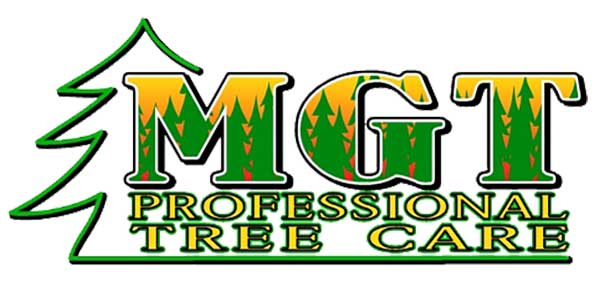 An arborist is a specialist in the care of individual trees, are knowledgeable about the needs of trees and are trained and equipped to provide proper care. Hiring an arborist is a decision that should not be taken lightly. Proper tree care is an investment that can lead to substantial returns and well cared-for trees are attractive and can add considerable value to your property while poorly maintained trees can be a significant liability. Pruning or removing trees, especially large trees, can be dangerous work and should only be done by those trained and equipped to work safely in trees.
An arborist is a specialist in the care of individual trees, are knowledgeable about the needs of trees and are trained and equipped to provide proper care. Hiring an arborist is a decision that should not be taken lightly. Proper tree care is an investment that can lead to substantial returns and well cared-for trees are attractive and can add considerable value to your property while poorly maintained trees can be a significant liability. Pruning or removing trees, especially large trees, can be dangerous work and should only be done by those trained and equipped to work safely in trees.
The arborist can determine what type of pruning is necessary to maintain or improve the health, appearance, and safety of trees. These techniques include:
- Eliminating branches that rub each other.
- Removing limbs that interfere with wires, building facades, gutters, roofs, chimneys, windows, or that obstruct streets or sidewalks.
- Removing dead or weak limbs that pose a hazard or may lead to decay.
- Removing diseased or insect-infested limbs.
- Creating better structure to lessen wind resistance and reduce the potential for storm damage.
- Training young trees.
- Removing limbs damaged by adverse weather conditions.
- Thinning or removal of branches to increase light penetration.
- Improving the shape or silhouette of the tree.
Although tree removal is a last resort, there are circumstances when it is necessary. An arborist can help decide whether or not a tree should be removed and have the skills and equipment to safely and efficiently remove trees. Removal is recommended when the tree:
- Is dead or dying.
- Is considered irreparably hazardous.
- Is causing an obstruction that is impossible to correct through pruning.
- Is crowding and causing harm to other trees.
- Is to be replaced by a more suitable specimen.
- Should be removed to allow for new construction.
Storms may cause limbs or entire trees to fall, often landing on homes, cars, structures or other trees. The weight of storm-damaged trees is great, and they can be very dangerous to remove or trim. An arborist can assist in performing the job in a safe manner, while reducing further risk of damage to your property.
Some arborists plant trees and most can recommend what types of trees are appropriate for a specific location. The wrong tree in the wrong location could lead to future problems due to limited growing space, insects, diseases or poor growth.
Many arborists also provide a variety of other tree care services including:
- Practicing Plant Health Care; a concept of preventive maintenance to keep trees in good health, which will help the tree better defend itself against insects, disease and site problems.
- Fertilization.
- Cabling or bracing for added support to branches with weak attachment.
- Aeration to improve root growth.
- Installation of lightning protection systems.
- Stump grinding
